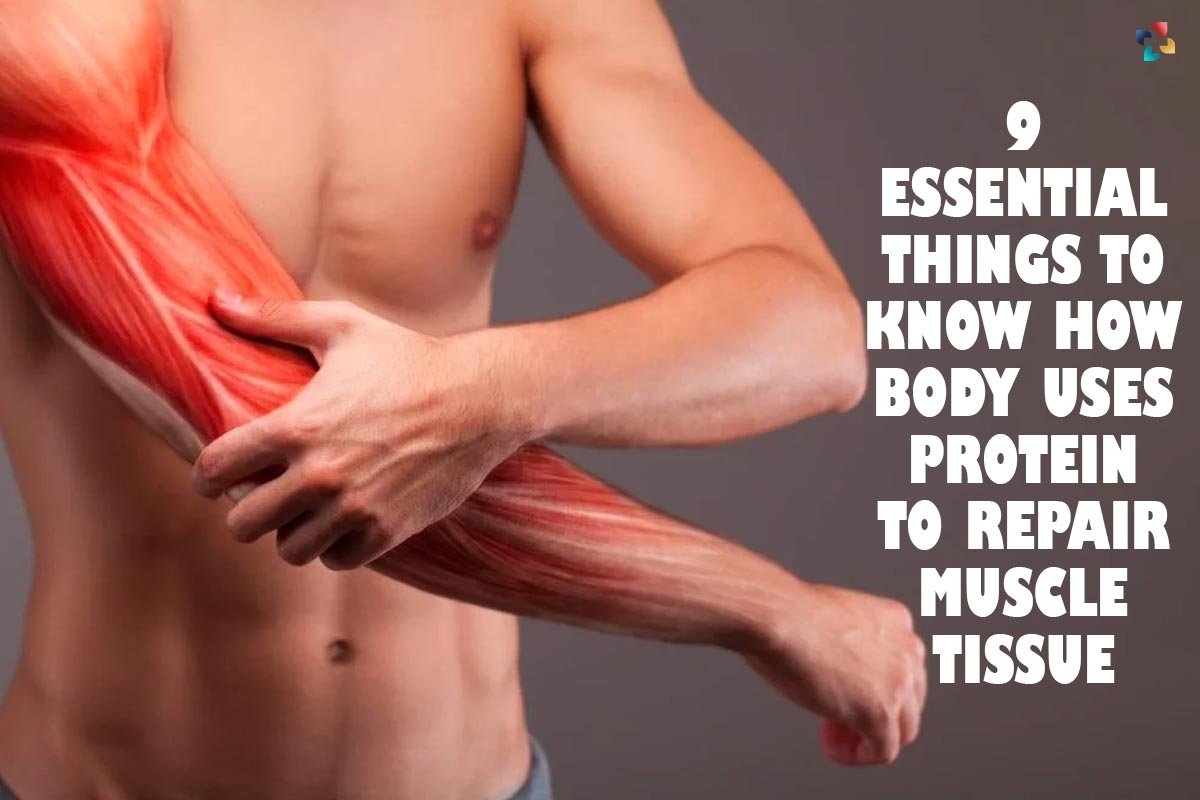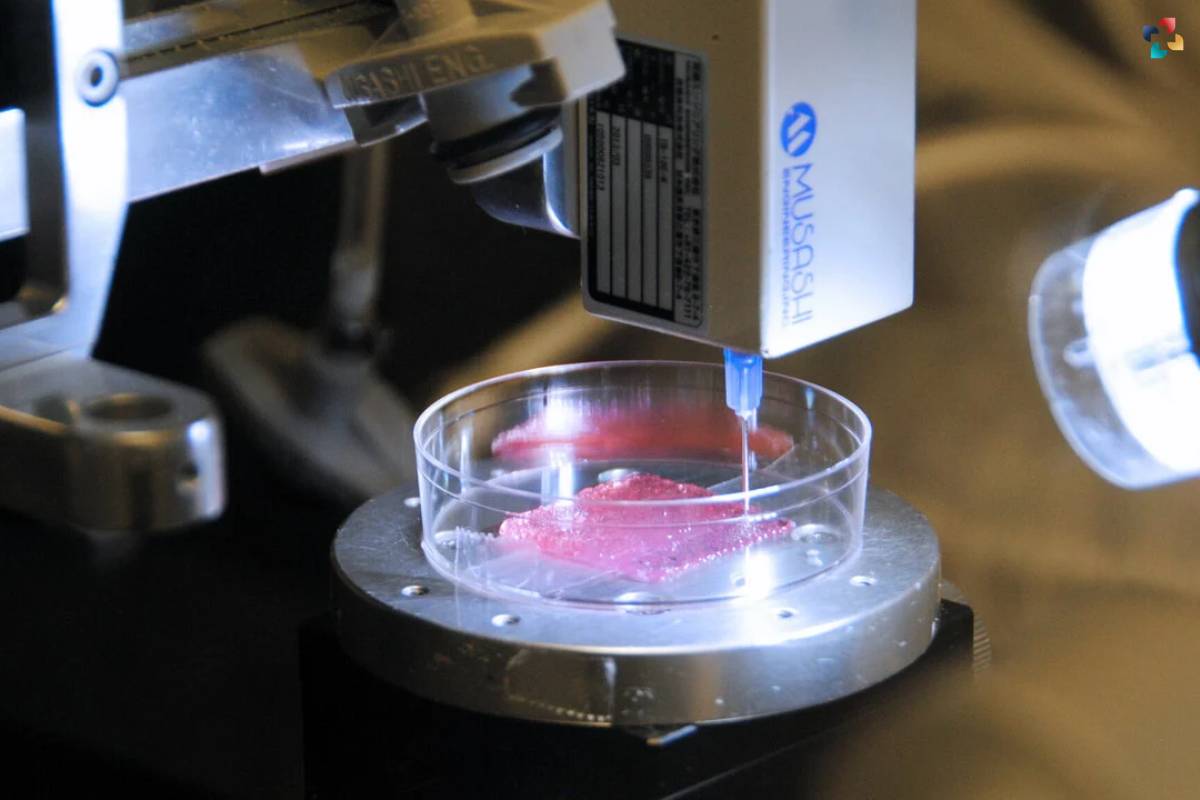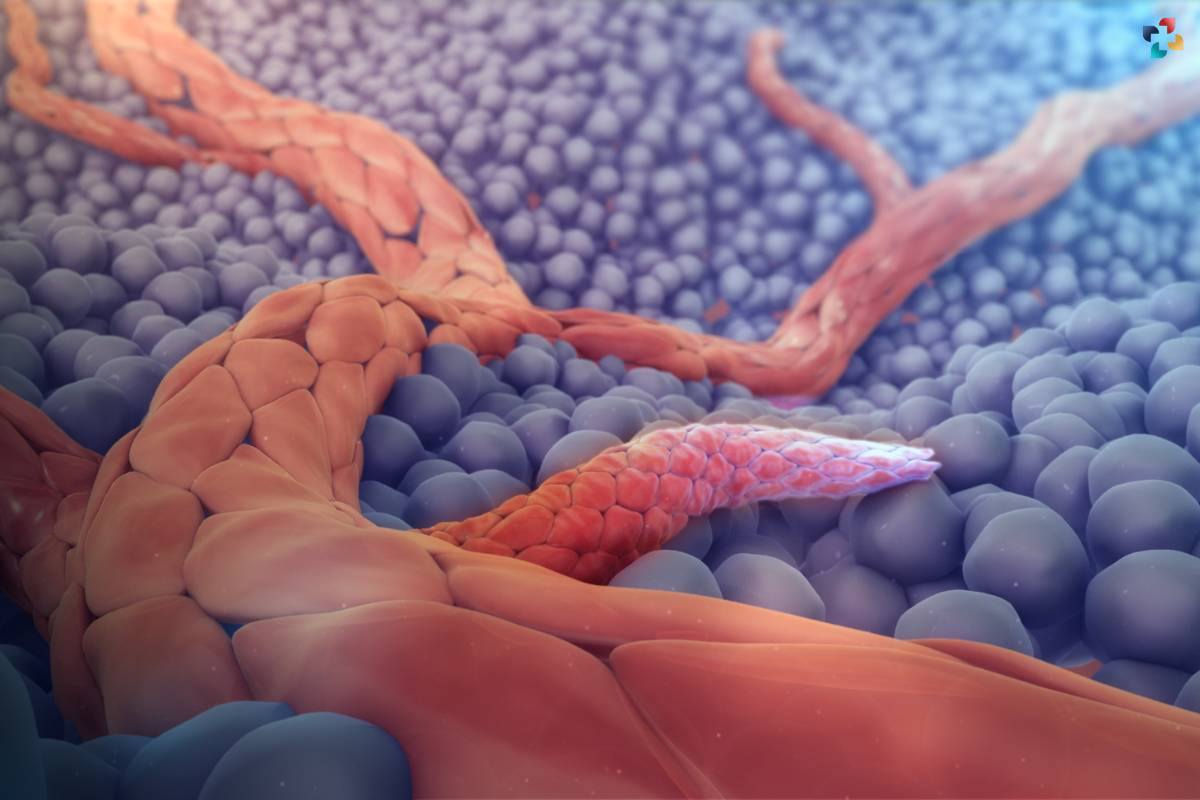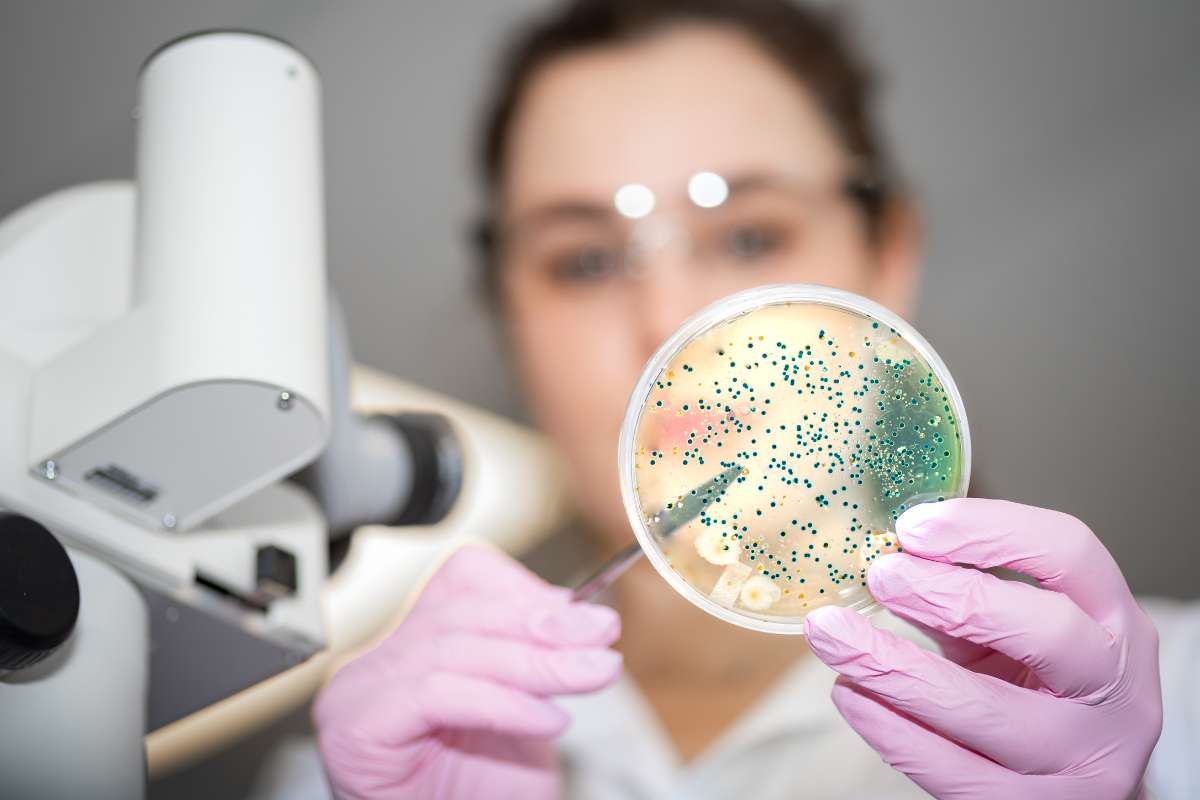The basic process of vascular growth known as angiogenesis is essential in forming the complex web of blood vessels that make up the human body. This article dives into the complex field of angiogenesis, examining its physiological relevance, mechanics, and the effects of dysregulation in a range of health disorders.
Understanding Angiogenesis: The Birth of New Blood Vessels
1. Definition and Mechanisms
Angiogenesis refers to the formation of new blood vessels from pre-existing ones. This dynamic process involves a series of tightly regulated steps, orchestrated by a delicate balance of pro-angiogenic and anti-angiogenic factors. The key players in it include endothelial cells, which form the inner lining of blood vessels, and various signaling molecules that modulate their behavior.
2. Initiation and Sprouting
Angiogenesis typically begins with the activation of endothelial cells in response to specific stimuli. These cells undergo changes in their structure and behavior, initiating the sprouting of new blood vessels from existing capillaries. This sprouting involves the extension of endothelial cell filopodia, leading to the formation of new vascular buds.
3. Formation of Tubular Structures
As it progresses, the sprouting vessels form tubular structures through a process called intussusception or elongation. This results in the creation of functional blood vessels with lumens, allowing the flow of blood to supply oxygen and nutrients to surrounding tissues.
4. Maturity and Stabilization
The final phase of angiogenesis involves the maturation and stabilization of the newly formed blood vessels. Pericytes and smooth muscle cells surround the endothelial cells, providing structural support and ensuring the integrity of the vessels. This orchestrated process is essential for maintaining vascular homeostasis and supporting tissue growth and repair.
Physiological Significance: Orchestrating Life-Sustaining Processes
1. Development and Growth
Angiogenesis is integral to embryonic development, contributing to the formation of intricate vascular networks that supply nutrients and oxygen to developing tissues. In adulthood, it continues to play a crucial role in supporting tissue growth, regeneration, and wound healing.
2. Menstrual Cycle and Pregnancy

In the female reproductive system, it is a dynamic process associated with the menstrual cycle and pregnancy. During menstruation, the endometrium undergoes angiogenesis to prepare for potential embryo implantation. Additionally, placental development during pregnancy relies on it to establish a robust blood supply for fetal nourishment.
3. Exercise and Tissue Repair
In response to increased metabolic demands, it is stimulated during physical activity and exercise. This ensures an adequate blood supply to active muscles. Furthermore, it is a key factor in tissue repair, facilitating the regeneration of damaged tissues following injury.

9 Essential Things to Know How the Body Uses Protein to Repair Muscle Tissue
When Body Uses Protein to Repair Muscle Tissue to Boost Muscle Growth or Definition, you’ve undoubtedly heard that lifting weights tears down a muscle, which results in the muscle being stronger or larger as it repairs the damage.
Angiogenesis in Health and Disease: Striking the Balance
1. Regulation of Angiogenesis
It is a tightly regulated process, with numerous factors influencing its activation or inhibition. Pro-angiogenic factors, such as vascular endothelial growth factors (VEGFs), stimulate the formation of new blood vessels, while anti-angiogenic factors, including thrombospondin and angiostatin, counterbalance this activity. The intricate interplay between these factors maintains vascular homeostasis.
2. Dysregulation in Disease
Dysregulation of angiogenesis is implicated in various pathological conditions. Excessive angiogenesis is associated with diseases like cancer, where tumors exploit the process to establish their blood supply for sustained growth. In contrast, insufficient contributes to conditions like cardiovascular diseases, chronic wounds, and neurodegenerative disorders.
3. Cancer and Angiogenesis
The role of angiogenesis in cancer is particularly noteworthy. Tumors, driven by uncontrolled cell proliferation, require a dedicated blood supply to sustain their growth. Cancer cells release pro-angiogenic factors, stimulating the formation of new blood vessels within the tumor microenvironment. Targeting this process has become a therapeutic strategy in cancer treatment, leading to the development of anti-angiogenic drugs.
4. Cardiovascular Diseases

In cardiovascular diseases, inadequate angiogenesis contributes to conditions such as coronary artery disease and peripheral arterial disease. Limited blood vessel formation impairs tissue perfusion, leading to ischemia and compromising the function of vital organs.
5. Chronic Inflammatory Conditions
Chronic inflammatory conditions, such as rheumatoid arthritis, are associated with aberrant angiogenesis. Inflamed tissues release pro-angiogenic signals, promoting the growth of new blood vessels. While this response aims to enhance nutrient and oxygen delivery, persistent angiogenesis can exacerbate inflammation and tissue damage.
Therapeutic Interventions: Targeting Angiogenesis for Health
1. Anti-Angiogenic Therapies
The recognition of its role in various diseases has fueled the development of therapeutic interventions targeting this process. Anti-angiogenic therapies aim to inhibit excessive blood vessel formation in conditions like cancer. Drugs that interfere with VEGF signaling, such as bevacizumab, have shown efficacy in suppressing tumor angiogenesis.
2. Pro-Angiogenic Strategies
Conversely, promoting angiogenesis is a therapeutic approach in conditions characterized by insufficient blood vessel formation. In wound healing, for instance, promoting it accelerates tissue repair. Growth factors, gene therapies, and tissue engineering strategies are being explored to enhance and improve outcomes in regenerative medicine.
Future Perspectives: Unlocking the Mysteries of Angiogenesis
As our understanding of angiogenesis deepens, ongoing research aims to unravel its complexities and harness its therapeutic potential. Advanced imaging technologies, molecular profiling, and genetic studies contribute to a more nuanced comprehension of the intricacies of vascular growth.
1. Personalized Medicine
The advent of personalized medicine brings the promise of tailoring angiogenic therapies based on an individual’s genetic makeup, ensuring targeted and more effective interventions. Precision medicine holds the potential to optimize treatment outcomes while minimizing adverse effects.
2. Emerging Technologies

Cutting-edge technologies, such as three-dimensional bioprinting and organoids, provide novel platforms for studying angiogenesis in vitro. These platforms enable researchers to replicate complex tissue architectures and study the effects of various interventions on vascular growth.
3. Combination Therapies
The future of angiogenesis-related therapies may involve innovative combination strategies. Combining anti-angiogenic agents with traditional treatments, immunotherapies, or other targeted therapies could enhance treatment efficacy and overcome resistance mechanisms.
Conclusion: Navigating the Vasculature of Life
The complicated dance of vascular growth, known as angiogenesis, highlights the intricacy of our biological fabric. This essential process creates and regulates blood vessels in a delicate balance that is important for everything from embryonic development to tissue healing and the progression of disease. A new age of personalized approaches and therapeutic possibilities is emerging as we unravel the molecular details and clinical implications. Understanding and navigating the vasculature of life presents a path towards improving human health and treating disorders that depend on the dynamics of vascular growth in addition to being a scientific endeavor.











